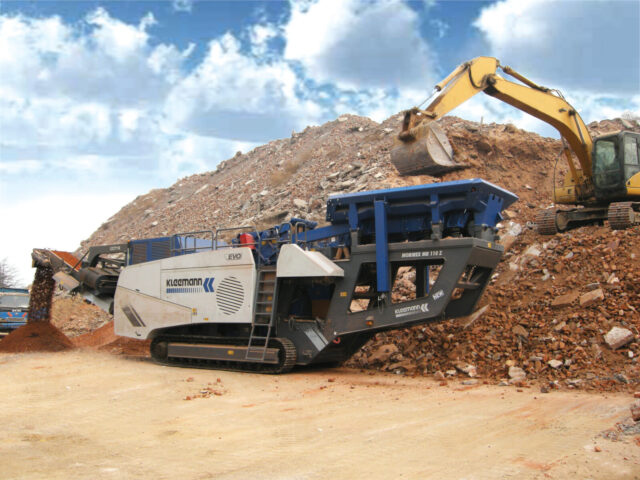
The world around us is a symphony of stone, constructed from mighty quarries that yield millions of tons of building material every year. These aren’t just cold, hard rocks, but the literal bedrock of our civilization, shaped and formed by the industrious touch of stone crusher machines. This complex journey from quarry to construction, tracing the life of a stone through every stage, offers a fascinating glimpse into a cornerstone of our built environment.
Different Types
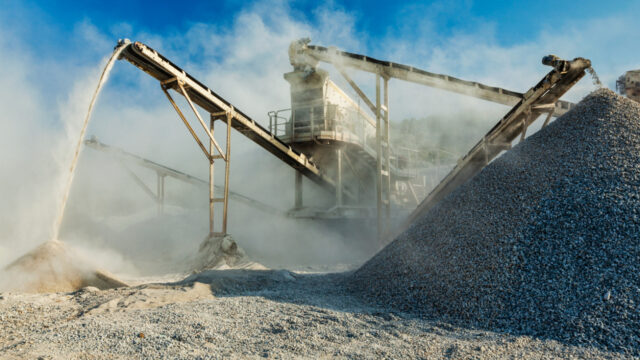
Not every stone crusher machine is the same. They are actually quite diver se and specialized. These mechanical marvels come in a wide array of types, each designed for a specific task. Some are heavy-duty behemoths, designed for the primary crushing of large stones into manageable chunks. These might include jaw crushers and gyratory crushers, muscular machines that use compressive force to break down rocks.
On the other hand, there are secondary and tertiary crushers like cone crushers, impact crushers, and roll crushers, adept at producing finer particles. These machines take the coarser output of primary crushers and whittle them down further, often using forces like impact, shear, or attrition. While their mechanisms differ, their collective role is to reduce stones to sizes that meet the demands of the construction industry, ensuring that none, no matter how large, is left unutilized.
Working Principles
Despite their myriad forms, stone crusher machines share a common working principle – the use of force to break stones. At their heart, primary crushers like jaw and gyratory crushers work on the simple principle of compressive force. They squeeze rocks between two surfaces, one stationary, and one mobile, reducing them to smaller sizes. This mechanical simplicity belies the intense power these crushers wield, enabling them to fracture even the most resilient rocks.
Meanwhile, secondary and tertiary crushers operate on a slightly different principle. They often employ the forces of impact, shear, or attrition to achieve their goal. For instance, an impact crusher works by accelerating stones to high speeds and then impacting them against hard surfaces, causing them to shatter. Similarly, a cone crusher uses an eccentrically gyrating spindle to crush rocks against a static outer casing.
Quarrying Process: From Extraction to Crushing
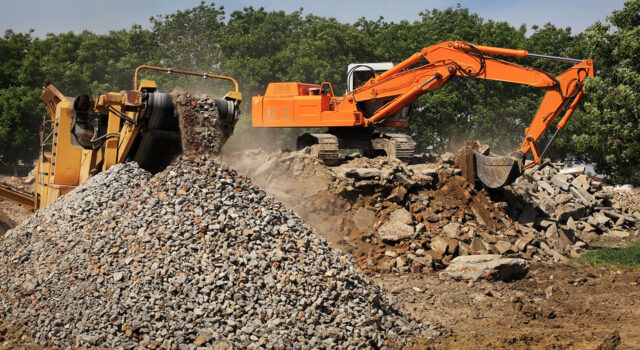
The quarrying process, a ballet of man and machine, begins with the extraction of the stone. This stage often involves drilling and blasting, a spectacular display of raw power as the earth is rent open and stone is forcibly removed from its age-old slumber. Yet this is not a mindless act of destruction but a precisely calculated operation, designed to minimize waste and maximize output.
Once extracted, these stones embark on their transformative journey through the maw of stone crushers. Here, primary crushers await, ready to reduce these large rocks into smaller, manageable sizes. Then secondary and tertiary crushers step in, further refining them until they reach the desired size.
Components and Features
Each crusher is a symphony of components working in unison to break down rocks. In a jaw crusher, for instance, you will find a pair of vertical jaws—an immobile one and a swing jaw. These together form the primary crushing unit, breaking down stones through a compressive action. In a cone crusher, on the other hand, you will find an eccentrically rotating spindle, crushing stones against a manganese mantle.
Beyond their main components, stone crusher machines also feature a range of secondary parts, including feeding and discharge mechanisms, drive systems, and lubrication systems. These features work in harmony, allowing these machines to maintain their relentless pace.
Crushing Techniques and Equipment
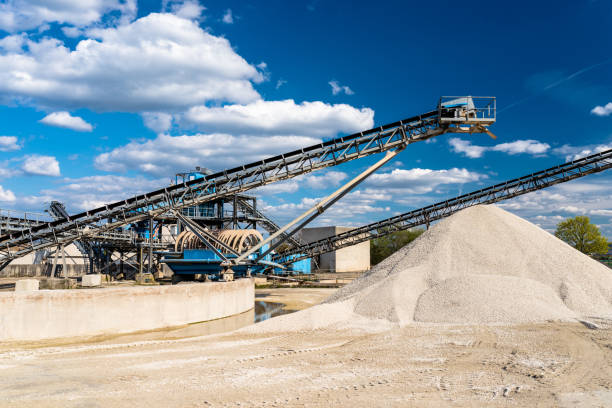
The crushing process employs a suite of techniques and equipment, designed to handle different types of stones and meet diverse size requirements. The primary technique involves compression, where stones are trapped and crushed between two surfaces. Other techniques include impact, where stones are accelerated and collided against an anvil or impact plates, and attrition, where small portions are sheared off from larger particles.
The equipment employed corresponds to these techniques. Jaw crushers and gyratory crushers are used for compression, impact crushers for impact crushing, and cone crushers often for a combination of compression and attrition. Further, each type of crusher is available in various sizes and configurations, allowing quarry operators to choose the right equipment for their specific needs.
Applications in Construction
The fruits of the stone crusher machine’s labor find their way into every corner of the construction industry. The coarse aggregates they produce are used in concrete, providing strength and stability. Finer crushed stone is used as a key component in asphalt, lending it durability. Smaller sizes, known as stone dust or crusher run, are used for paving and as a base for concrete pavers.
Moreover, crushed stone is not just a practical material but also an aesthetic one. It’s used in landscaping and as decorative elements in construction. From the towering heights of skyscrapers to the humble home, stone crusher machines play an integral role in building the world around us. Their contributions, although often unseen, are imprinted in the fabric of our built environment.
Environmental Impact
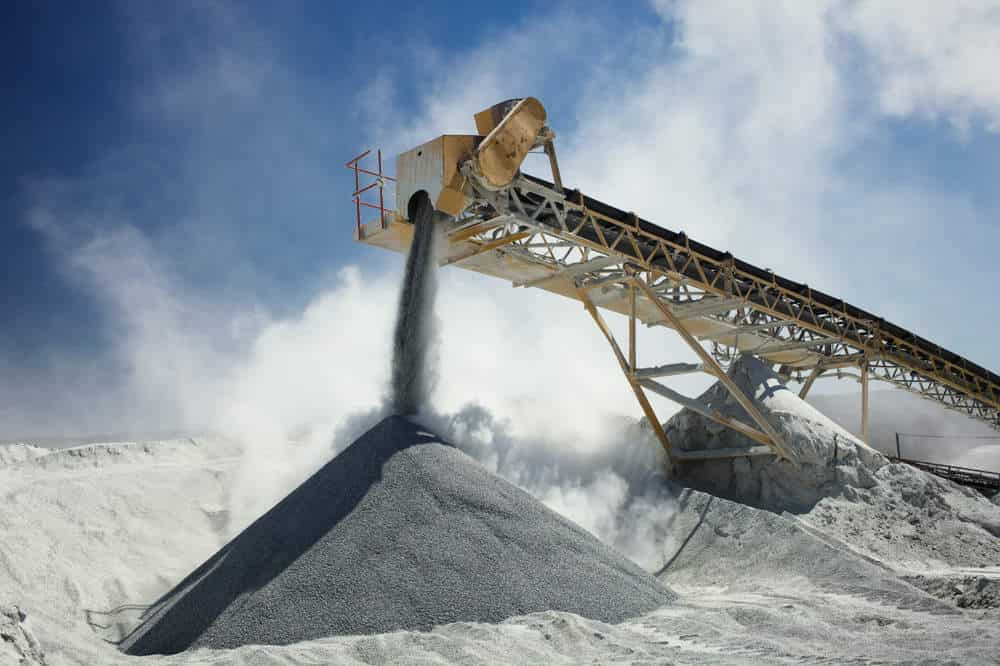
Stone crusher machines, like all industrial processes, leave their mark on the environment. Their operation involves the emission of dust and noise, affecting air quality and causing noise pollution. Moreover, the extraction of stone leads to land degradation and can impact local biodiversity.
However, the industry has made significant strides in minimizing its environmental footprint. Today’s stone crusher machines come equipped with dust suppression measures, and noise is mitigated through suitable operational practices and equipment design. Moreover, many quarries now adopt progressive rehabilitation, restoring the land once quarrying is complete.
Summary
From silent stones sleeping in quarries to the roar of stone crushers breaking them down, the journey of stone to our construction sites is one of transformation, resilience, and immense engineering prowess. It is a journey that shapes our world, underpinning the construction industry and helping build the structures we call home. Understanding this journey is not just about appreciating the complexity of quarrying and crushing.









